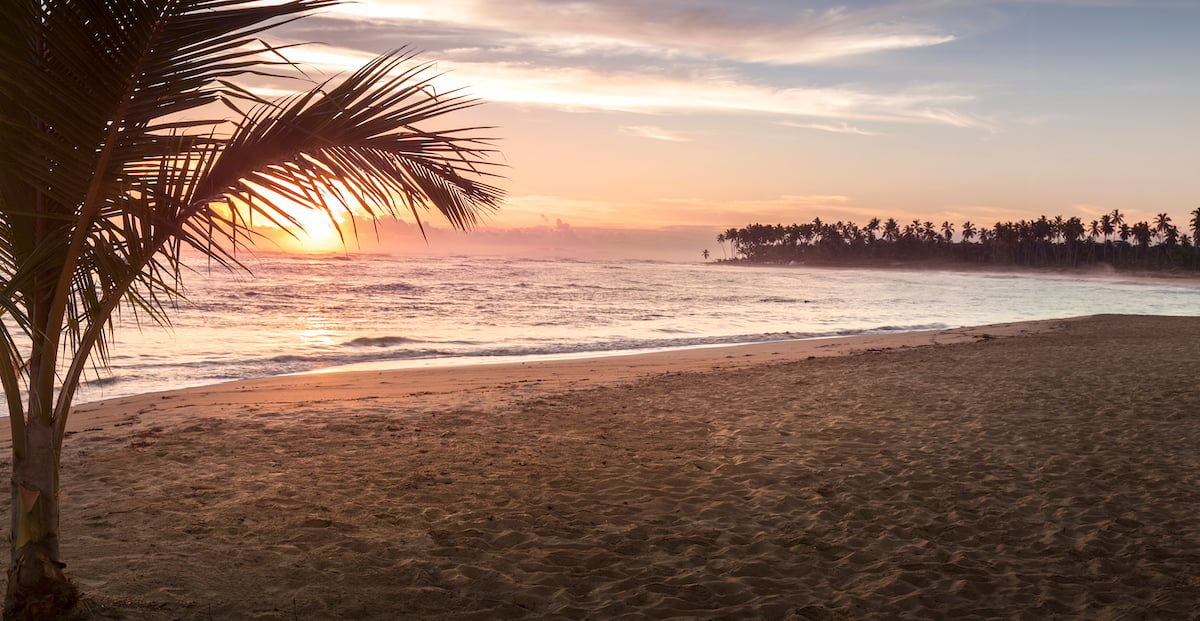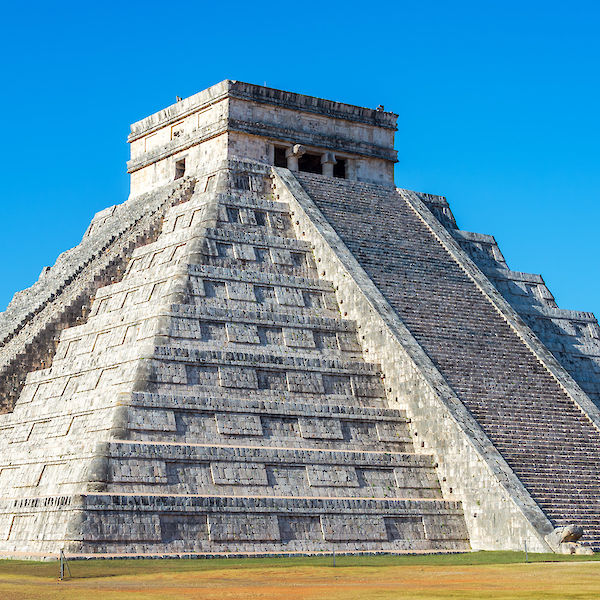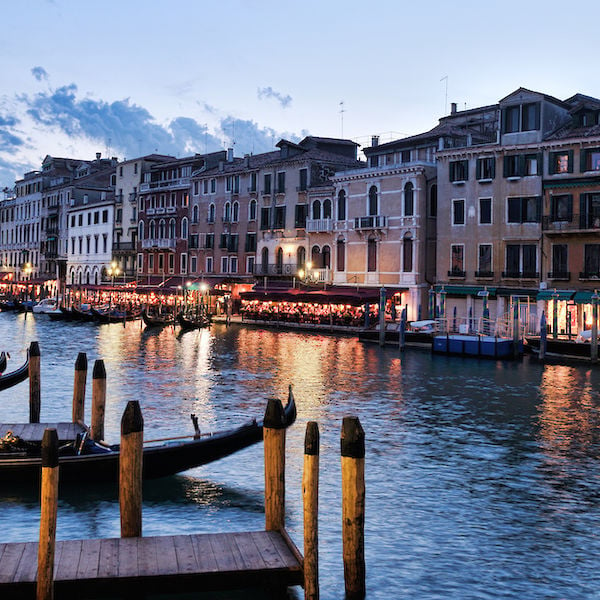Travel Insurance for the Dominican Republic
Last updated on 05/19/2023

Travel Insurance for the Dominican Republic
Travel & Safety Tips for the Dominican Republic
Popular Dominican Republic Travel Destinations
Dominican Republic Embassy & Consulate Information
Do I Need Travel Insurance for the Dominican Republic?
While travel insurance is not required, the Dominican Republic is currently offering complimentary insurance to visitors which includes coverage for emergencies, telemedicine, lodging for extended stays due to an infection, and flight changes due to an infection. The insurance is completely covered by the Dominican government. However, to ensure options in care and adequate coverage, it is recommended that travelers to the Dominican Republic purchase their own travel insurance to protect against the unexpected.
For example, many of our customers are concerned about injury or illness unrelated to COVID-19 while traveling. Travel medical plans are ideal for travelers with these concerns. In addition to health-related concerns, visitors to the Dominican Republic sometimes worry about unforeseen travel delays or disruptions as well as the inconveniences that may come with flying or cruising to their destination. Baggage delay or loss, mechanical issues, unforeseen weather, and other events can disrupt or even derail a trip. Comprehensive plans can be a good option to cover a variety of different scenarios, but these plans vary based on provider and included coverages so it's a good idea to consider what's important to you before comparing your options. Travelers who are worried about having to end the trip early or cancel it altogether may be interested in trip cancellation or cancel for any reason plans. Think about what coverages are important to you and your traveling party to find the best travel insurance for your trip to the Dominican Republic.
How Much is Travel Insurance to the Dominican Republic?
Whether you're a first-time visitor or a seasoned traveler, you may be wondering how much travel insurance for the Dominican Republic will cost. Determining the cost of travel insurance depends on several factors. The number of travelers in your group and their ages, the length of the trip, and the types of coverage are the most common pieces of information used to determine the cost. In general, travelers can expect to pay more as risk is increased. For example, coverage for longer trips will likely cost more than for shorter trips. Additionally, older travelers who have health issues, especially pre-existing conditions may pay more for their coverage. Travelers also have the option to insure their trip cost in some cases, which affects the final price of the plan.
Do I Need a Passport to Go to the Dominican Republic?
A valid passport with at least one blank page is required for entry into the Dominican Republic. It's a good idea to plan ahead and secure your passport far in advance of your departure. If you wait until the last minute, you may need an expedited application and have to pay increased fees as a result. Make sure to get all your travel documents in order at least a few weeks before your departure date to eliminate surprises along the way.
What is the Tourist Entry Tax & How Do I Pay?
Travelers often hear about a "tourist card" when researching trips to the Dominican Republic. Recently, the tourist card system was replaced by the tourist entry tax. If you are a citizen of Argentina, Chile, Ecuador, Israel, Japan, Peru, South Korea, or Uruguay, you are not liable for the tourism entry tax. Citizens of all other countries must pay the tax to enter the Dominican Republic. In 2018, the country moved to include this tax into the cost of travelers' airline tickets making it easier to pay. Additionally, anyone who does not have a valid visa for Canada, the U.S., or one of the countries in the European Union, must get a tourist visa in person from the Dominican Consulate. If your situation is unique and you're not sure, check with the Dominican Consulate prior to traveling.
Travel Tips & Safety for the Dominican Republic
Money & Currency Exchange
The country's official currency is the Dominican Peso, which is abbreviated as "DOP." In recent years, the Dominican Republic has become a haven for international travelers, especially Punta Cana. As a result, many hotels, restaurants, shops, and restaurants will accept Euros and U.S. dollars. While some tourists are able to get through their whole trips without exchanging domestic currency for local currency, it's a good idea to carry at least some Dominican Pesos. Doing so not only helps when certain establishments will not accept foreign currency but also helps travelers navigate emergency situations. It's also a good idea to carry some cash in DOP if you plan to travel to the more remote areas of the island.
Visitors to the Dominican Republic has a few options for accessing local currency. Most travelers plan to exchange currency upon or after arrival. For the most part, foreign cash is easily exchanged for local currency at hotel desks, banks, and exchange houses. ATMs also offer a good option for those who would rather use a debit or credit card to withdraw Dominican Pesos, but keep in mind that ATMs may not be accessible in all parts of the country, many have daily withdrawal limits, and fees may be assessed per transaction.
No matter which currency exchange method you choose, keep in mind that smaller bills are more easily spent. Many businesses will refuse larger bills, especially the 2,000 DOP note. Some businesses may also tell you that they don't have enough change for larger bills. In these cases, you're forced to either abandon your transaction or forfeit some of your change.
Transportation
The Dominican Republic is not particularly large in land area when compared to many other countries, but getting around the island can still be tricky. Luckily the country's transportation system features a variety of options available at different price points to accommodate travelers. Private bus companies are a great option for traveling larger distances. Carro publicos, which are small public taxis, operate on predetermined routes between cities, villages, and towns. This mode of transport is better for shorter distances and tends to be quite a bit cheaper than private buses. Guaguas are similar to carro publicos, but are larger (typically minivans) and can therefore transport larger groups.
Taxis aren't as abundant as carro publicos or guaguas, but they can be a great option for those looking to travel in comfort. Taxis are typically newer model cars that feature updated safety features and air-conditioning. Taxis are usually found need tourist hotspots, bus terminals, or can be hailed by calling the service directly. Like taxis, motochondos are also privately-owned but are motorcycles rather than cars. For this reason, they cost quite a bit less than taxis but typically aren't as safe. Keep in mind that motochondo fares usually double after the sun goes down. If you're the adventurous type and you prefer to carve your own path, car rental is a great option.
Additional modes of transportation include ferries, airplanes, and helicopters. Ferries are great for accessing islands and are significantly cheaper than air transportation. While private airplane charters and helicopters are the most expensive options for getting around, they allow visitors to tour the Dominican Republic in a unique and exciting way. Selecting the most sensible modes of transportation for your trip will depend on your planned destinations and activities.
Culture
Dominicans are well known for their lively culture, exciting music, stylish clothing, and friendly nature. The fact that the Dominican people are so approachable and fun is part of the reason the country is so popular among vacationers. Generally speaking, Dominicans take family and friends very seriously and are more apt to show their affection publicly than people in other parts of the world. For some travelers it can be a lot to process, but rest assured that even the most reserved tourists will find themselves cutting loose before long. Like many island destinations, time seems to slow down and many travelers enjoy the break from the "rat race" mentality back home. The Dominican Republic is known for its beautiful beaches and exciting nightlife, but the country has a rich history worth exploring. In short, keep an open mind and be prepared to slow down a bit while you take in the sights and sounds of the Dominican Republic.
Speaking the Language
Spanish is the official language in the Dominican Republic, and over 95% of the population speaks it. However, the Spanish spoken in the country is a local variant known as "Dominican Spanish," which is similar to Spanish spoken in other parts of the Caribbean but also uses some borrowed words from African languages, like Creole. The country's proximity to Haiti plays a role in how Dominican Spanish was derived. Although the Dominican Republic has its own "flavor" of Spanish, most tourists can get by with just a rudimentary understanding of the language. For this reason, it's a good idea to learn some Spanish words and phrases before visiting the country. English and French are becoming more common among residents but visitors should not expect everyone, especially older residents, to be fluent.
Risk & Crime
Many wonder "is it safe to travel to the Dominican Republic?" The answer is yes. The booming tourism industry accounts for about 20% of the Dominican Republic's GDP, so ensuring the safety and security of tourists is a top priority. Even though traveler safety continues to improve, no country is without risk. Tourists should exercise caution in crowds, especially in cities and near landmarks where pickpockets sometimes target them. When using ATMs, visitors should be on the lookout for individuals or groups milling around or acting strangely. Avoid traveling solo at night or venturing into known high-risk neighborhoods. Consider hiring a tour guide or traveling as a group if you're in doubt. You'll also want to pay attention to any travel advisories issued for the Dominican Republic.
There are a few health risks travelers should be aware of as well. Perhaps the most important piece of travel advice is to avoid drinking tap water. Tap water may be used for rinsing and gargling but is deemed unsafe to drink. Bottled water is readily available. Some people traveling to the Dominican Republic express concern about mosquito-borne diseases, like Dengue Fever and Malaria. These are rare, but be sure to avoid any areas that are known breeding grounds for mosquitoes if you are concerned. Travelers who are pregnant should check with the CDC regarding the current risk for the Zika virus before traveling. There are no immunizations or vaccines required for travel, but if you're traveling with small children you should make sure their vaccinations are up to date.
Nature poses some additional risks for vacationers. Beachgoers, especially those with fair skin, should make sure they have adequate sunscreen to avoid heat exhaustion and sunburns. Swimming in ocean waters should always be done with caution, and anyone who is not a strong swimmer should stick to beaches with lifeguards and consider entering the water with a buddy. Weather is another area of concern for some tourists. The Dominican Republic has experienced some hurricane activity over the years. However, these storms tend to hit the western side of the island in the more remote areas, and are less common here than in other parts of the Caribbean.
Popular Destinations in the Dominican Republic
The Dominican Republic may seem like a small country, but getting around takes time and there is a lot to see. For this reason, it's important to think about where you'd like to visit and what you'd like to do. The seemingly endless beaches and warm waters are very popular among tourists, but don't let them overshadow the rest of the island's geography. There are also national parks, mountains, lakes, and historical sites that are well worth exploring. Check out our "best-of" list of popular places to visit in the Dominican Republic for some itinerary inspiration.
Top 10 Travel Destinations for the Dominican Republic
- Santo Domingo
- Península de Samaná
- Jarabacoa
- Punta Cana
- Bahía de Las Águilas
- Puerto Plata
- Lago Enriquillo & Isla Cabritos
- Constanza
- Monte Cristi
- Ocoa Bay
U.S. / Dominican Republic Embassy and Consulate Locations
U.S. Embassy in Dominican Republic
- U.S. Embassy Santo Domingo
Av. Republica de Colombia #57
Santo Domingo, Dominican Republic
Phone: 809.567.7775
Dominican Republic Embassy in USA
- Washington DC — Embassy of the Dominican Republic
1715 22nd St. NW
Washington DC 20008 United States
Phone: 1.202.332.7670 / 1.202.387.2459 - Glendale, California — Consulate General of the Dominican Republic
500 North Brand Blvd. Suite 960
Glendale, CA 91203 United States
Phone: 1.818.504.6605 / 1.818.504.6602 - Miami, Florida — Consulate General of the Dominican Republic
1038 Brickell Avenue
Miami, Florida 33131 United States
Phone: 1.305.358.3220 - Chicago, Illinois — Consulate General of the Dominican Republic
8770 West Bryn Mawr Avenue
Triangle Plaza, Suite 1300
Chicago, IL 60631 United States
Phone: 1.773.714.4924 - New Orleans, Louisiana — Consulate General of the Dominican Republic
400 Poydras Avenue, Suite 1520
New Orleans, LA 70130 United States
Phone: 1.504.522.1843 - Boston, Massachusetts — Consulate General of the Dominican Republic
20 Park Plaza, Suite 601
Boston, MA 02116 United States
Phone: 1.617.482.8121 - New York, New York — Consulate General of the Dominican Republic
1501 Broadway Ave., Suite 410
New York, NY 10036 United States
Phone: 1.212.768.2480, 81, 82 & 83 - Mayaguez, Puerto Rico — Consulate General of the Dominican Republic
Mckinley #30 Oeste, 2nd Piso
Mayagüez, Puerto Rico 00680
Phone: 787.833.4756 / 787.757.3170 - San Juan, Puerto Rico — Consulate General of the Dominican Republic
Avenida Ponce de León #1607, Suite 101
San Juan, Puerto Rico 00909
Phone: 787.725.9550 / 787.725.9554
Disclaimer: The information contained in this article serves as a general overview of benefits and should only be used for informational purposes. Refer to your individual certificate of insurance for specific coverages, exclusions, and benefits. When in doubt, please contact one of our licensed agents for additional assistance.


